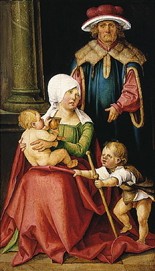 (CCC 956) The Intercession of the Saints: “Being more closely united to Christ, those who dwell in Heaven fix the whole Church more firmly in Holiness — they do not cease to intercede with the Father for us, as they proffer the merits which the acquired on earth through the One Mediator between God and men, Christ Jesus — so by their fraternal concern is our weakness greatly helped.”
(CCC 956) The Intercession of the Saints: “Being more closely united to Christ, those who dwell in Heaven fix the whole Church more firmly in Holiness — they do not cease to intercede with the Father for us, as they proffer the merits which the acquired on earth through the One Mediator between God and men, Christ Jesus — so by their fraternal concern is our weakness greatly helped.”
(See: Lumen Gentium 49; 1 Timothy 2:5)
The Holy Spirit helps us in our weakness, for we do not know how to pray as we ought [to] but that very Spirit intercedes with sighs too deep for words and God, who searches the heart, knows what is the mind of the Spirit because the Spirit intercedes for the Saint’s according to the will of God. –Romans 8:26-27
The 144,000 of Israel Sealed
After this, I (St. John) saw for Angels standing at the four corners of the earth, holding back the four winds of the earth so that no wind could blow on earth or sea or against any tree. I saw another Angel ascending from the rising sun, having the Seal of the Living God and he called with a loud voice to the for Angels who had been given power to damage earth and sea saying,
“Do not damage the earth or sea or the trees until we have marked the Servants of our God with a seal on their foreheads.” I heard the number of those who were sealed, one hundred forty-four thousand sealed out of every tribe of the people of Israel.
The Multitude From Every Nation
After this I looked and there was a great multitude that no one could count from every nation, from all the tribes, peoples and languages, standing before the Throne and before the Lamb, robed in white, with palm branches in their hands. They cried out in a loud voice saying:
“Salvation belongs to our God
who is seated on the Throne and to the Lamb!”All the Angels stood around the throne and around the elders and the four living creatures, they fell on their faces before the Throne and worshiped God singing:
“Amen! Blessing and Glory and Wisdom
and Thanksgiving and Honor
and Power and Might
be to our God forever and ever Amen!”
Then one of the elders addressed me saying, “Who are these robed in white and where have they come from? I said to him, “Sir, you are the one that knows.” Then he said to me, “These are they who have come out of the great ordeal; they have washed their robes and made them white in the Blood of the Lamb. For this reason they are before the Throne of God and worship him day and night within His Temple and the One who is seated on the Throne will shelter them. They will hunger no more and thirst no more; the sun will not strike them, nor any scorching heat; For the Lamb at the center of the Throne will be their Shepherd and He will guide them to the springs of the water of life and God will wipe away every tear from their eyes.”
–Revelation 7:1-4; 9-17
Related: For Today’s Most Holy Scripture Readings and More, Visit: -USCCB
What the Early Church Believed: The Intercession of the Saint’s -Catholic Answers
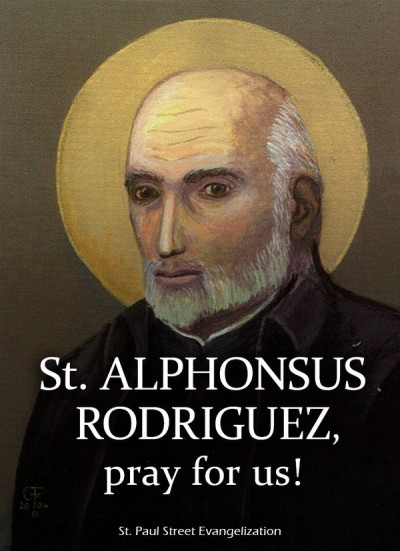 St. Alphonsus Rodriguez (1533-1617)
St. Alphonsus Rodriguez (1533-1617)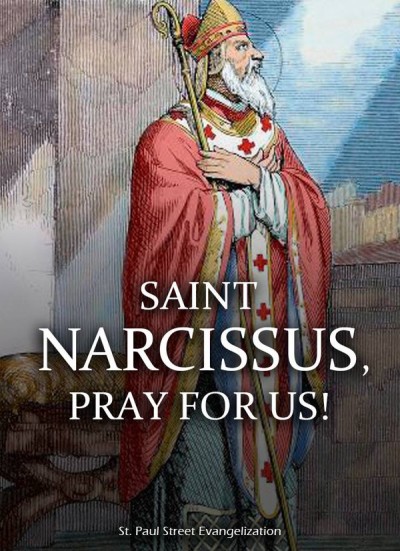 St. Narcissus of Jerusalem (99-215)
St. Narcissus of Jerusalem (99-215)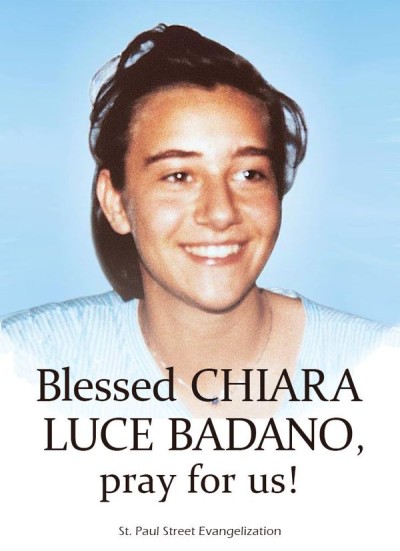 Blessed Chiara Luce Badano (1971-1990)
Blessed Chiara Luce Badano (1971-1990)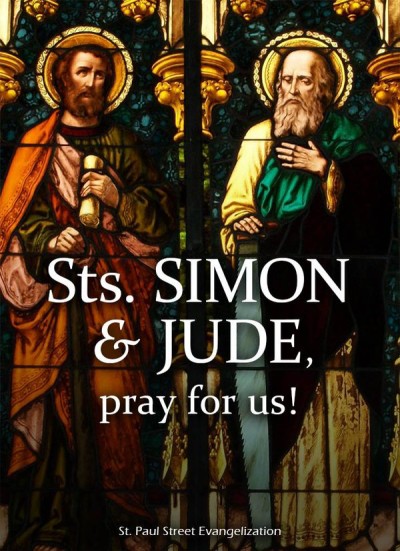 Saint Simon the Apostle and Saint Jude Thaddeus
Saint Simon the Apostle and Saint Jude Thaddeus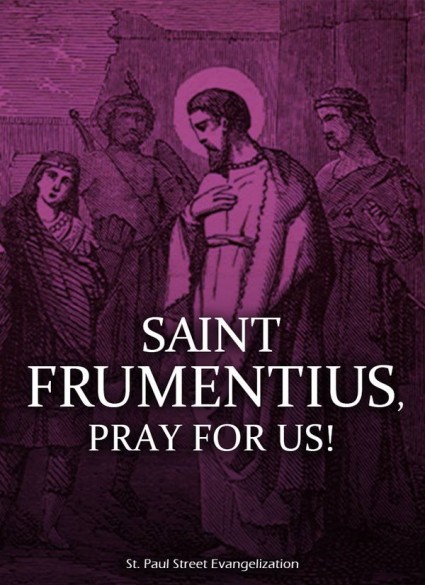 St. Frumentius –Image: St. Paul Street Evangelization
St. Frumentius –Image: St. Paul Street Evangelization 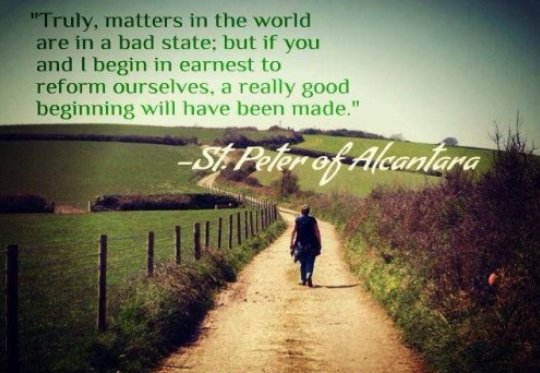 St Peter of Alcantara (1499-1562)
St Peter of Alcantara (1499-1562)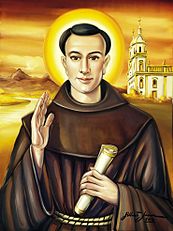
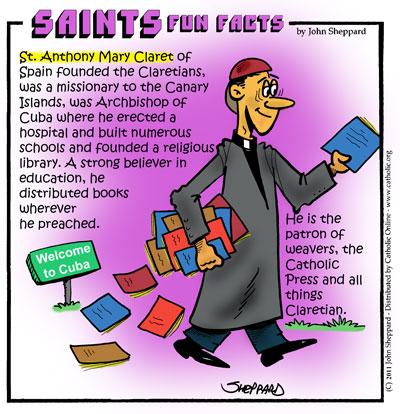 St. Anthony Mary Claret (1807-1870)
St. Anthony Mary Claret (1807-1870)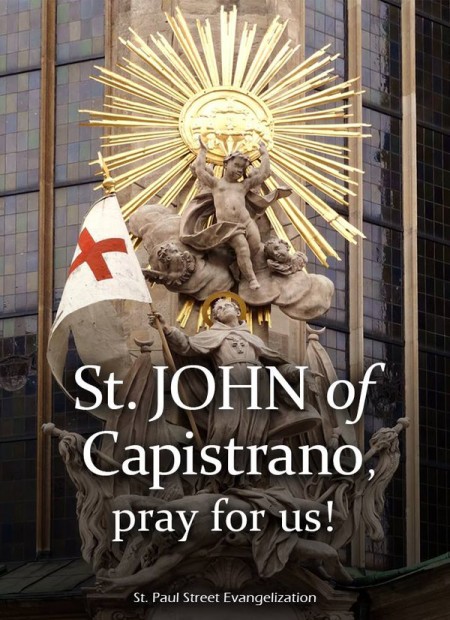 St. John of Capistrano (1386-1456)
St. John of Capistrano (1386-1456)